Abit IX38 QuadGT
Abit’s IX38 QuadGT packs many of the features that come with the IX38-MAX, but it comes at a more affordable price point – we don’t have specific pricing for either board yet because it’s too early. However, if we were to make educated guesses, the IX38 QuadGT would cost around £150 (or less) if the IX38-MAX was to cost around £200.Probably the most interesting inclusion is support for DDR2 memory. Initially, we were under the impression that the X38 chipset only supported DDR3 memory – at least, that’s the official statement – but now it seems that DDR2 is also supported, on unofficial terms.
Like the IX38-MAX, the QuadGT sports 100 percent Japanese Solid State Capacitors, Abit’s µGuru technology, on-board power and reset switches, along with dual eSATA and the clear CMOS switch on the rear I/O. There are also three second generation PCI-Express x16 slots, with the outer two supporting CrossFire at full bandwidth, while the middle slot supports x4 bandwidth.
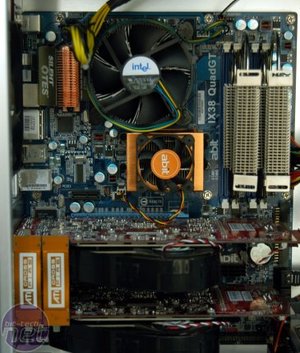

One final thing to mention is that like all other 3-series motherboards, these two will support all current and future Core 2 processors with 800/1066/1333MHz FSBs, in addition to Intel’s next-generation Penryn family of 45nm processors. There is, of course, no support for processors based on the NetBurst architecture.
We should have some more information about these boards as their specifications are finalised in the run up to the launch – we’ll be sure to bring it to you as and when we get it.
Abit µGuru Panel
The other product that Abit showed to us was the µGuru Panel, which was initially unveiled at CeBIT. The design is now finalised and the firmware is almost finished, so expect this to be shipping in the next few weeks.Abit says that the panel is designed to be a command centre for your Abit-powered machine and it’ll even work with older boards that feature the µGuru chip. The panel can control and monitor overclocking, temperatures, fan speeds, voltages and front side bus speed. Obviously, not all functions will be supported on older boards, as it is dependent on how advanced the board’s µGuru chip is.
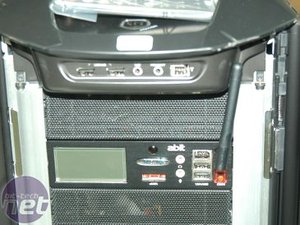
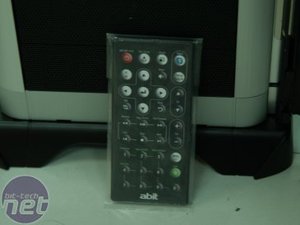
Probably the strangest inclusion is the wireless antenna, which is located above the CMOS reset switch. However, Abit explains that the reason it is implemented on a front panel solution is because many end users install their case under the desk and against the wall. Having suffered from poor wireless connectivity in similar circumstances myself, I think this is a novel idea. Although I can’t say that it’s a particularly attractive solution – I much prefer having an extension on the antenna that allows me to place it on my desk.
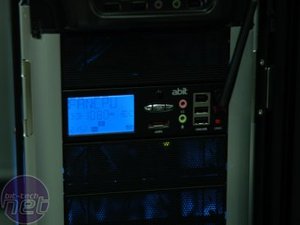
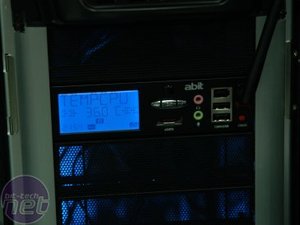
Having said that though, the panel does include native support for Skype, and you’ll be able to make and receive calls using Abit’s remote. This is an interesting feature, but it’s one that we’re going to have to test before we pass final judgement on it.

MSI MPG Velox 100R Chassis Review
October 14 2021 | 15:04









Want to comment? Please log in.